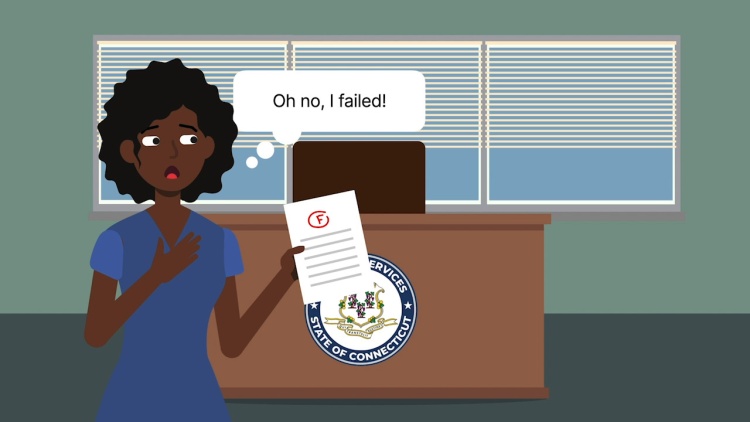Connecticut v. Teal
United States Supreme Court
457 U.S. 440 (1982)
- Written by Nan Futrell, JD
Facts
Winnie Teal, Rose Walker, Edith Latney, and Grace Clark (plaintiffs) were black employees of the State of Connecticut (the State) (defendant). Each of the plaintiffs received a provisional promotion to a supervisory position and served in that role for nearly two years. To qualify for permanent supervisor status, the State required candidates (including the plaintiffs) to pass a written examination. When the plaintiffs took the test, it was given to a total of 329 candidates seeking permanent status as supervisors, of whom 48 self-identified as black and 259 self-identified as white. Approximately 54 percent of black candidates received a passing score. None of the plaintiffs passed the exam, rendering them ineligible for further consideration for permanent supervisor status. The State made its promotion selections from the list of candidates who had passed the written exam. In doing so, the State examined the candidates’ past work performance, supervisor recommendations, and seniority. The State then used an affirmative-action program aimed at raising the number of minority supervisors. In the end, the overall percentage of black candidates receiving permanent supervisor promotions was higher than the number of promoted white candidates (proportionate to the numbers of eligible candidates for each group). The plaintiffs sued the State for disparate-impact racial discrimination under Title VII of the Civil Rights Act of 1964 (Title VII), 42 U.S.C. § 2000e et seq. The State alleged that the “bottom line” result of its promotion-selection process, which was proportionally more favorable to black candidates than white candidates, should provide a complete defense to the lawsuit. The State sought review by the United States Supreme Court.
Rule of Law
Issue
Holding and Reasoning (Brennan, J.)
Dissent (Powell, J.)
What to do next…
Here's why 899,000 law students have relied on our case briefs:
- Written by law professors and practitioners, not other law students. 47,000 briefs, keyed to 994 casebooks. Top-notch customer support.
- The right amount of information, includes the facts, issues, rule of law, holding and reasoning, and any concurrences and dissents.
- Access in your classes, works on your mobile and tablet. Massive library of related video lessons and high quality multiple-choice questions.
- Easy to use, uniform format for every case brief. Written in plain English, not in legalese. Our briefs summarize and simplify; they don’t just repeat the court’s language.





